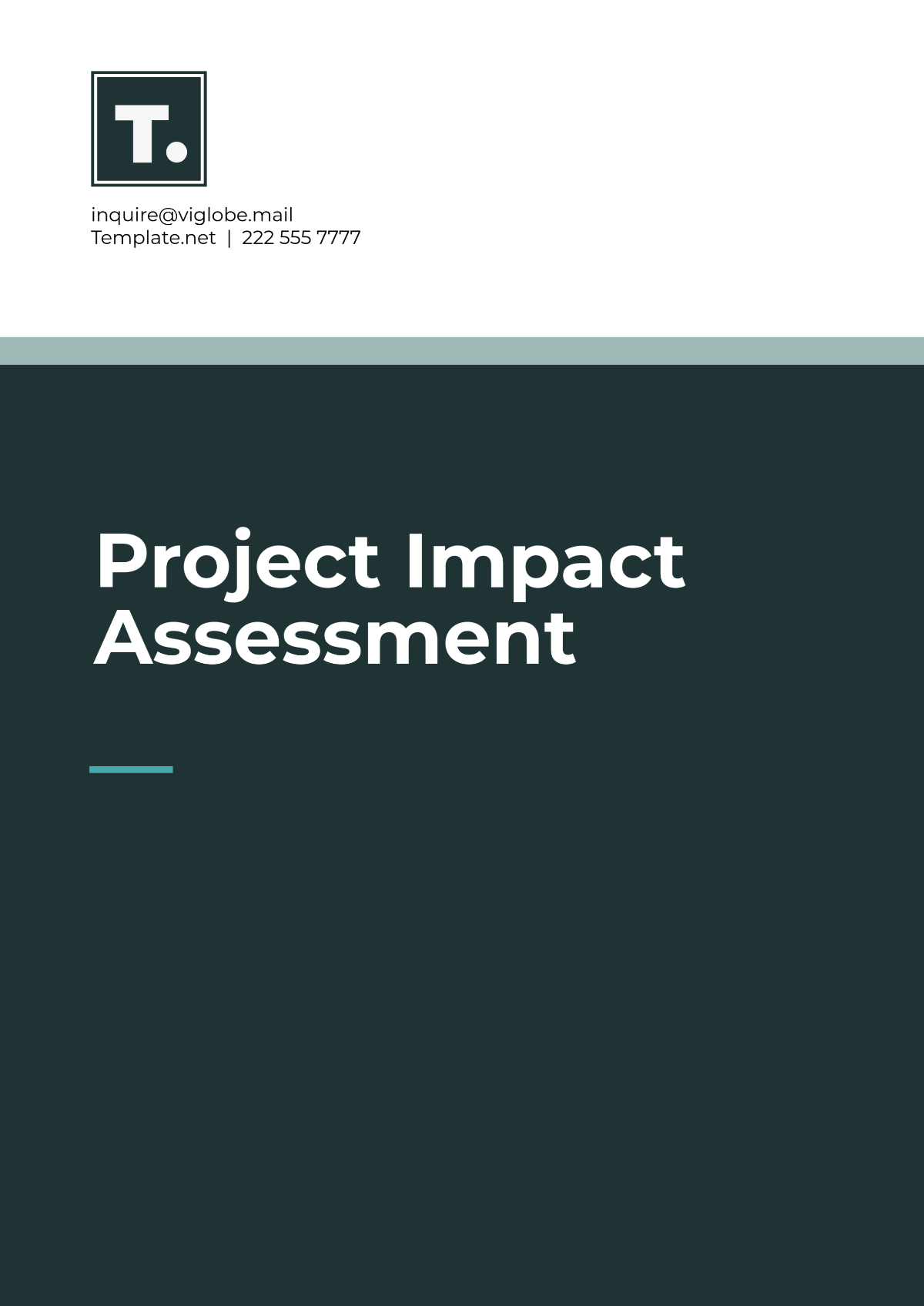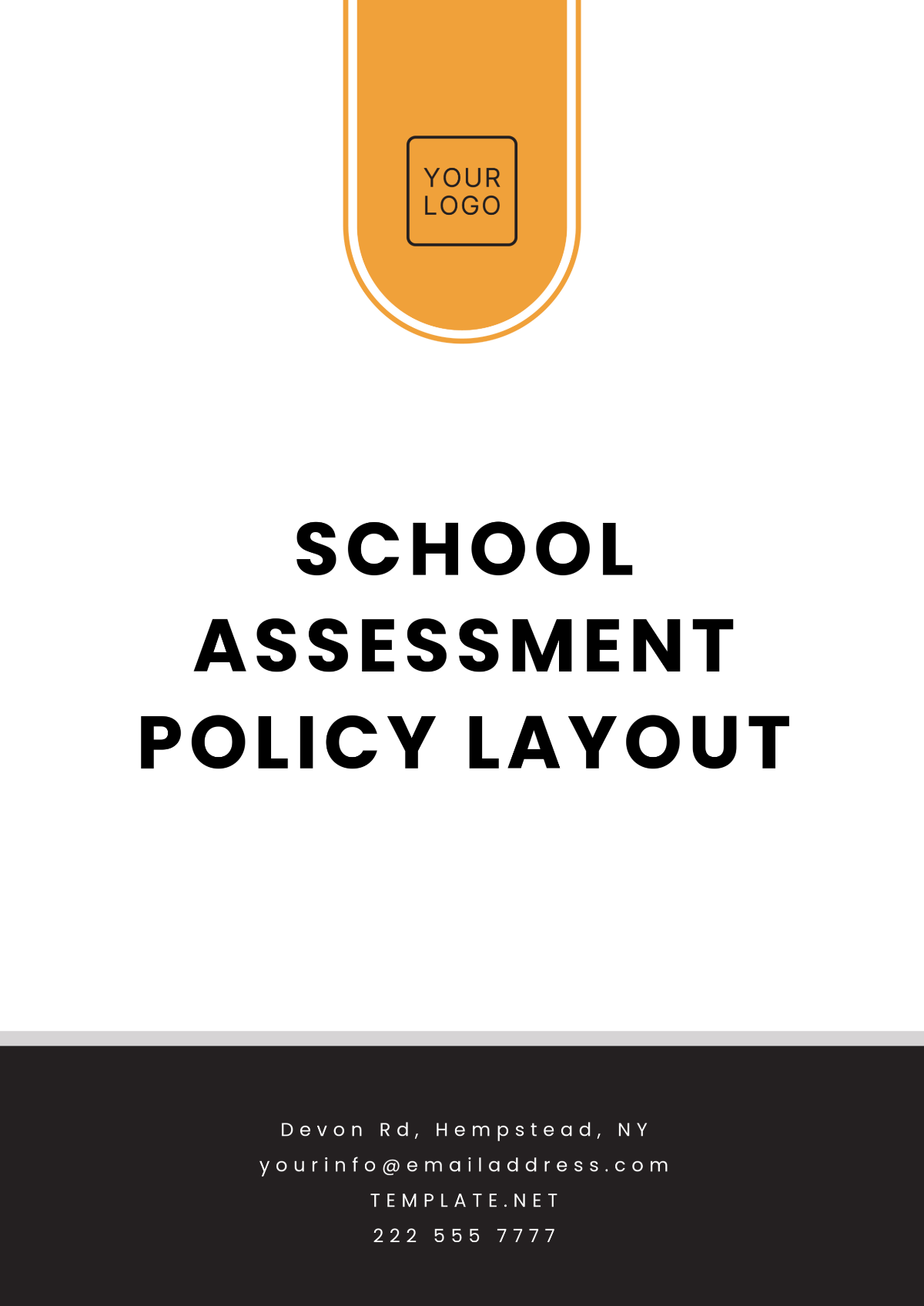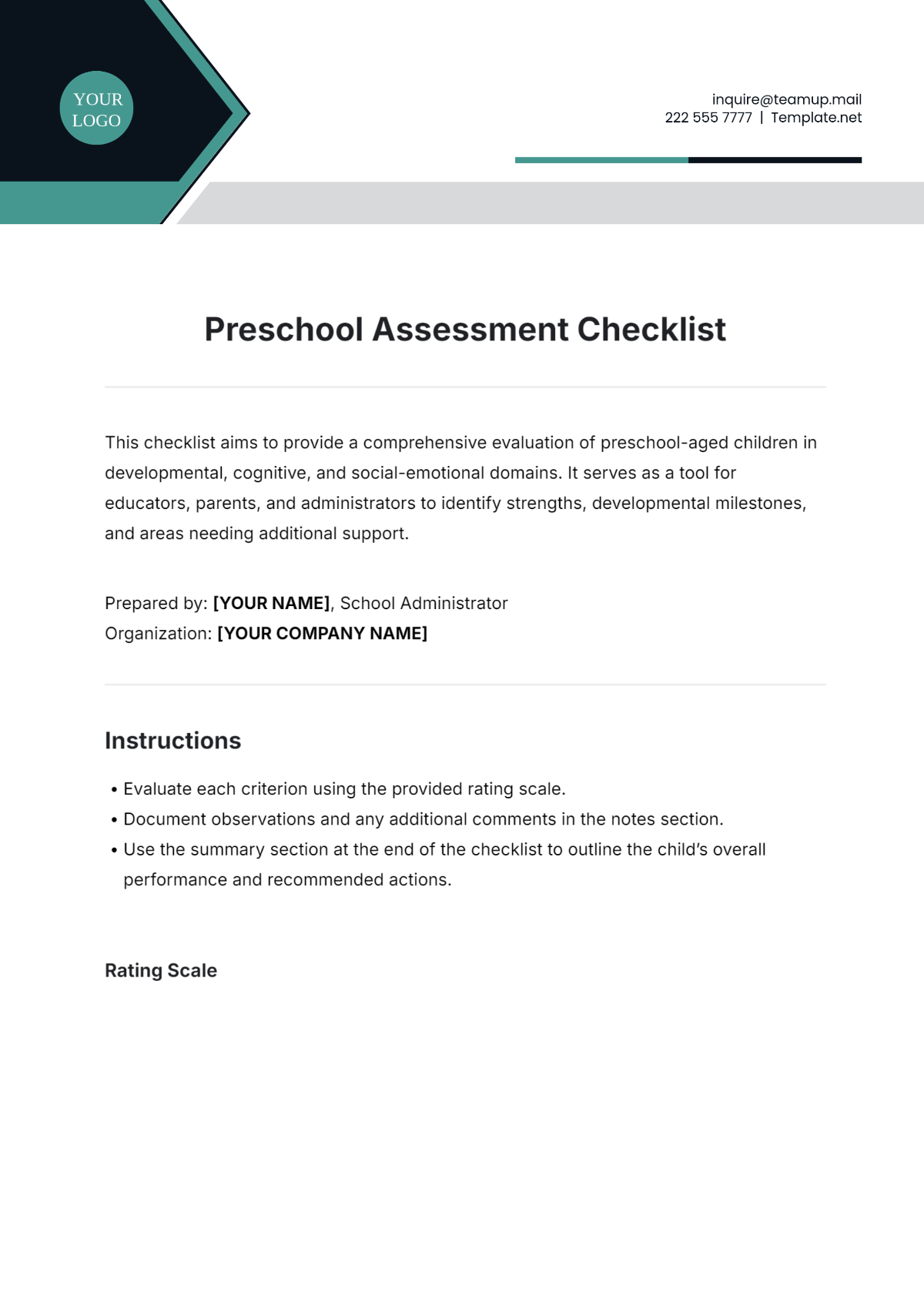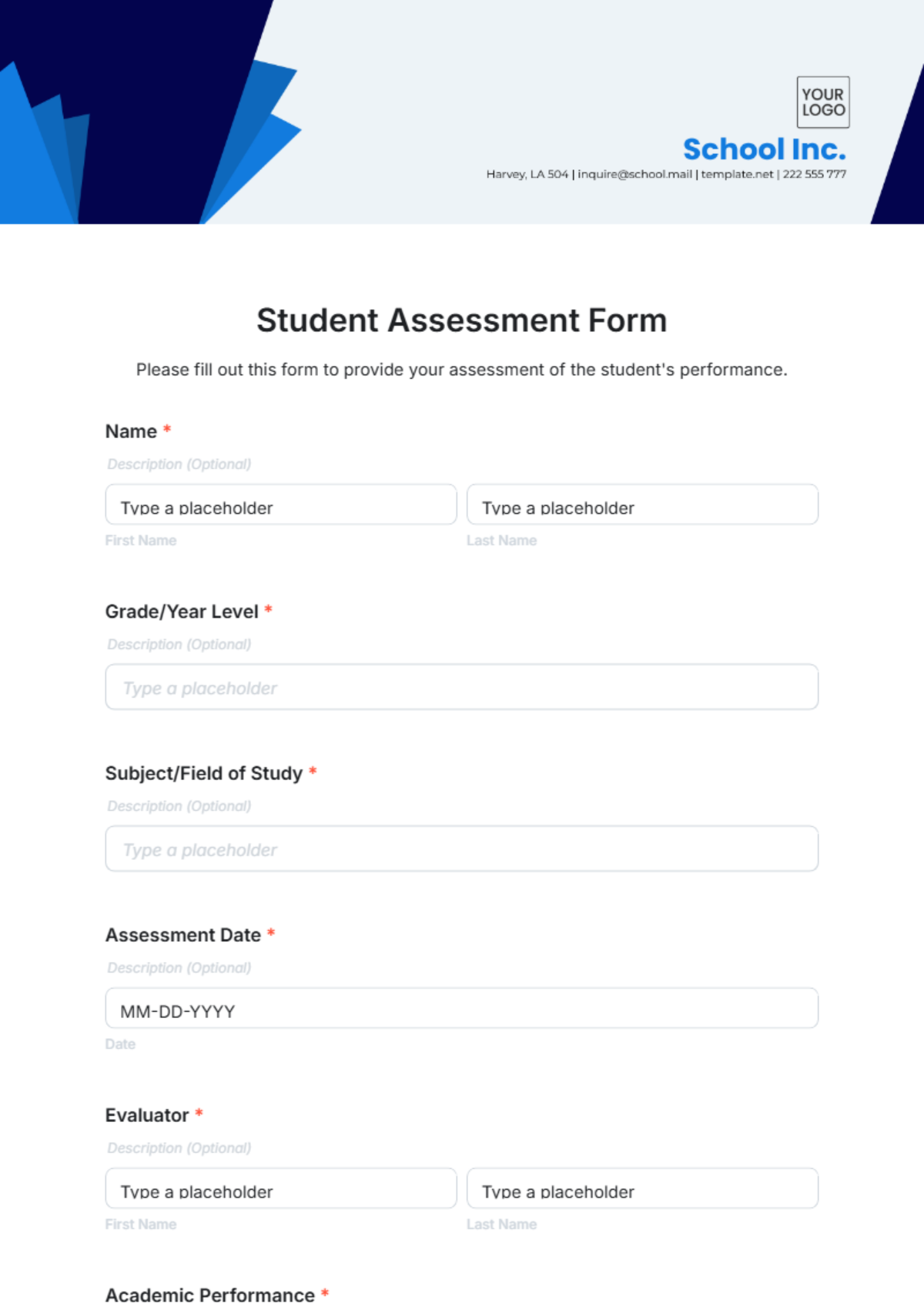Climate Change Risk Assessment Report
I. Introduction
This report evaluates the primary risks associated with [Your Company Name] and proposes actionable measures to address them effectively. Climate change organizations face a multitude of risks that could hinder their mission to mitigate environmental crises. These risks span operational, financial, reputational, and environmental domains, requiring comprehensive analysis and strategic planning.
II. Operational Risks
Operational risks arise from day-to-day activities, internal inefficiencies, and disruptions in processes critical to the organization’s success. This section outlines key operational risks and strategies for their management.
Staffing Shortages: Limited staff expertise can lead to inefficiencies and missed opportunities. Investing in training programs and hiring skilled professionals is essential.
Technology Failures: Outdated or unreliable technology can hinder project execution. Regular upgrades and contingency plans will ensure seamless operations.
Data Security Risks: Loss or theft of sensitive data can harm the organization’s reputation. Implementing robust cybersecurity measures is imperative.
Infrastructure Challenges: Aging facilities may not support advanced environmental projects. Modernizing infrastructure will enhance operational capabilities.
Supply Chain Disruptions: Unreliable suppliers can delay project timelines. Establishing diverse supplier networks will mitigate these risks.
III. Financial Risks
Financial sustainability is crucial for the success of any climate change organization. This section identifies financial risks and explores strategies to safeguard resources.
Funding Shortfalls: Insufficient funding can delay or cancel projects. Diversifying income streams is critical for stability.
Donor Dependence: Overreliance on a few donors makes the organization vulnerable. Expanding the donor base reduces financial risks.
Economic Downturns: Global economic instability can decrease donations. Establishing a financial reserve helps mitigate this impact.
Cost Overruns: Uncontrolled expenses can strain budgets. Regular budget reviews and cost control measures are necessary.
Regulatory Changes: Changes in government funding policies may affect revenue. Engaging policymakers can secure ongoing support.
IV. Environmental Risks
Environmental risks stem from natural events or changes in ecosystems that can impact the organization’s initiatives. Extreme weather and resource scarcity present the most pressing risks. Addressing these requires comprehensive planning and cross-sector collaborations.
Risk | Likelihood | Impact | Mitigation Strategy |
|---|---|---|---|
Extreme Weather Events | High | High | Develop robust disaster recovery plans |
Ecosystem Disruptions | Medium | Medium | Collaborate with experts to adapt strategies |
Resource Scarcity | High | High | Prioritize efficient resource usage |
Biodiversity Loss | Medium | High | Integrate biodiversity preservation in projects |
Climate Uncertainty | High | Medium | Use advanced models for better forecasting |
V. Reputational Risks
Reputation is a valuable asset for climate change organizations. Damage to reputation can result from perceived mismanagement or unethical practices.
Public Perception: Missteps in communication can erode public trust. Transparent reporting builds credibility.
Project Failures: Delays or unsuccessful projects can damage the organization’s reputation. Proactive risk assessments minimize this threat.
Partnership Risks: Collaborating with controversial entities may harm the organization’s image. Vetting partners thoroughly is crucial.
Media Scrutiny: Negative media coverage can amplify minor issues. Establishing strong media relations is essential.
Ethical Concerns: Any deviation from ethical standards can have severe repercussions. Regular training and audits ensure compliance.
VI. Stakeholder Risks
Managing stakeholder expectations is essential for long-term success. Donor withdrawal poses the highest risk, emphasizing the importance of transparency and engagement. Local community buy-in is equally critical for project success.
Stakeholder Group | Risk | Management Strategy |
|---|---|---|
Donors | Withdrawal of support | Engage with regular updates and transparency |
Governments | Policy changes | Build strong advocacy and collaboration |
Local Communities | Resistance to projects | Conduct inclusive consultations |
Employees | Burnout or turnover | Offer incentives and create a supportive culture |
Partners | Misaligned goals | Establish clear contracts and communication |
VII. Emerging Risks
Emerging risks are unpredictable and require adaptive strategies to address. This section highlights potential future challenges.
Technological Disruptions: Rapid technological advancements can render current solutions obsolete. Staying informed about innovations is vital.
Global Instability: Political and social unrest can impact project implementation. Diversifying operations across regions reduces vulnerability.
Pandemics: Health crises can disrupt workflows. Developing remote work capabilities ensures continuity.
Cybersecurity Threats: Advanced cyber threats can compromise sensitive information. Enhanced cybersecurity measures are required.
Market Volatility: Shifting economic trends can influence funding. Adapting strategies to align with market conditions is necessary.
VIII. Organizational Capacity Risks
Organizational capacity risks focus on the ability of the team and resources to meet goals. Technological upgrades and resource availability require immediate attention to improve organizational capacity. Strengthening internal communication will enhance overall efficiency.
Aspect | Current Status | Desired Status | Mitigation Strategy |
|---|---|---|---|
Staff Expertise | Moderate | High | Invest in targeted training programs |
Technology Infrastructure | Low | High | Upgrade systems regularly |
Leadership Stability | High | High | Ensure succession planning |
Resource Availability | Moderate | High | Allocate resources based on priorities |
Collaboration Efficiency | Moderate | High | Enhance internal communication channels |
IX. Conclusion
[Your Company Name] will prioritize addressing the highest-impact risks identified in this report. By focusing on technological improvements, robust stakeholder engagement, and proactive monitoring, the organization will strengthen its resilience. Regular updates and transparent communication will ensure accountability and continued progress in mitigating climate risks.

















































